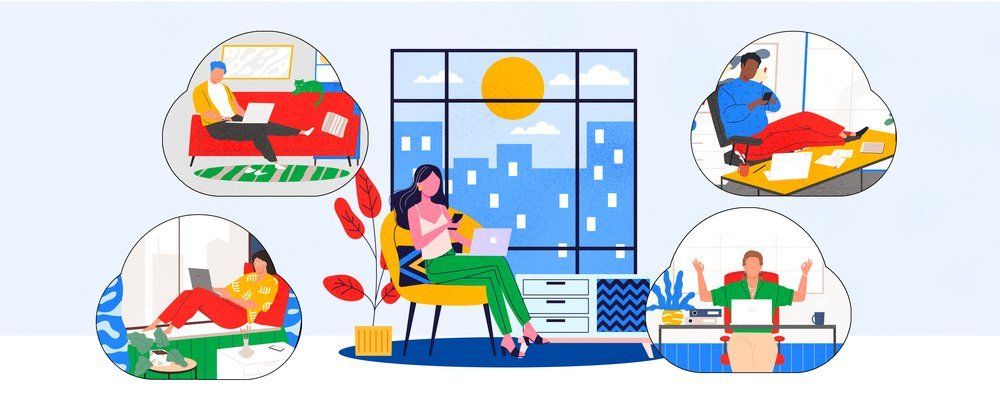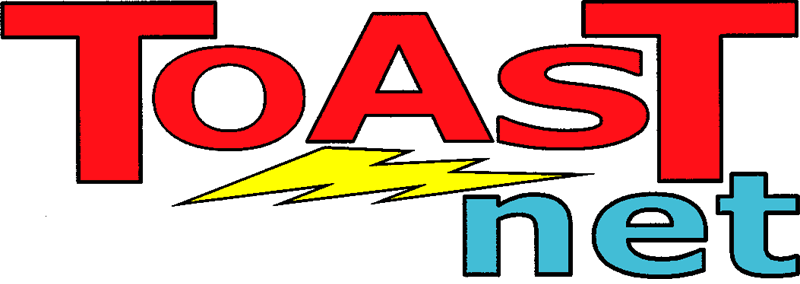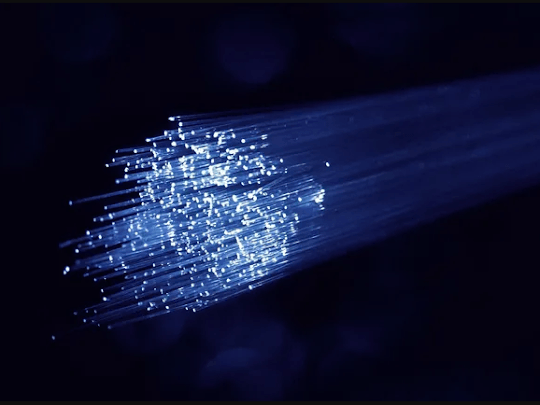…with YouTube and Facebook for all.
High speed Internet connectivity has become so important in the last few years that it is considered an essential utility rather than a convenience. Just as if one’s electricity, water, or gas were to become unavailable, an Internet connection may cause hardship if it were suddenly to go down. Today’s Internet isn’t just for browsing: it’s for college courses, powering their home security systems, supplying their phone service, providing local news and severe weather updates, leaving self-indulgent 140 character summaries of ones activities …it’s integration with our lives has outgrown its original vision. As such, a high-speed reliable connection should be available everywhere.
Yet, it’s not.
“Government mismanagement!”, “Greedy tel-coms!”, “Anti-competitive business!” are all reasons I hear, but the actual answer is something people don’t usually consider.
There are several methods to deliver high speed Internet to your home or business, with each one having a delivery advantage and disadvantage. Some of the more common methods include:
- DSL – “Digital Subscriber Line” consists of a high-frequency signal that is broadcast over a standard phone line. DSL comes in two varieties: “Line Share” and “Dry Loop”. Line Share means active phone service and DSL are being broadcast on the line at the same time. Dry Loop (also called Dry Pair or Naked DSL) means there is no active phone service, but you still have the DSL signal being broadcast over the line. Since the U.S. has had over a century to expand its phone network, DSL is widely available (in fact it’s one of TOAST.net’s most popular products ). Unfortunately the signal only has a range of about 3 miles it’s source. Also, some phone companies do not have the equipment or licensing to carry a DSL signal. These factors can make service availability spotty.
- Cable – Cable Internet has been around nearly as long as DSL and is typically provided by your local cable TV provider. It is not as range limited as DSL, but it does tend to be more expensive. Also, most cable companies will not expand into new areas unless the customer pays for it. If you live in an outlaying area installation costs can run into the thousands of dollars.
- Wireless – This includes WiFi, satellite, and cellular 3G and 4G connections. It’s available in more areas than DSL and cable, and it’s probably the easiest to set up as you just turn on your wireless device and it works. However, the connection tends to be slower and less reliable than a connection involving a physical line. Something else to consider is many of these plans have relatively low data caps on them, making sharing a single connection expensive or impractical for network connectivity.
- T1/T3/Fiber- Very fast, very reliable, and very expensive. Pricing of these products puts it in the “businesses level only” range. Consumer level fiber connections are now available in select markets, but availability is limited to central areas of large cities. It’s still at the point where if someone in the office mentions “Hey! I qualify for a fiber connection!”, the typical response is “Lucky!”
So what’s a dial-up user to do? Why aren’t providers spreading their service to all those unserviced customers across the country? Smaller countries like Singapore, Japan, and especially South Korea (which, by the way, is the best Korea) already have standard 10.0Mb connections available anywhere. The U.S. struggles to get 1.0Mb to many areas. The main reason for this is something most people over look, a principle I call I.H.C.F.- “Internet Hates Corn Fields”.
The U.S. is a huge country. Not Canada or Russia huge, but it’s up there. Since it’s so large, edges of the country tend to house the largest cities, with sprawling undeveloped bald spots in the middle. You could say the U.S. is designed much like my head (I’ve still not accepted middle age). Since people flock to things like jobs, coastlines, and 45 minute traffic jams, population density tends to be highest in these areas. A high population means a lot of people that want to pay someone to maintain a network. Due to I.H.C.F., the Field of Dreams mantra “If you build it, they will come” doesn’t work with network construction.
Help is on the way (hopefully)! The Government recently finished is Map of Broadband Availability , which basically shows the haves and have-nots in the U.S.. The “have-not” areas are going to be targeted for the Obama Administration’s Wireless Broadband Initiative , which is supposed to supply funding for wireless networks in under-serviced areas. This means that you may finally be able to watch those forwarded “ Watch this guy suffer a crotch injury! ” YouTube links anywhere you go within the next few years. New advancements in cell tower miniaturization should make deployment easier for those involved, faster and less expensive deployments. Just cross your fingers that funding doesn’t get diverted to other programs like so many other hopeful initiatives (I’m talking about you “ Fund to Hunt for Radioactive Rabbit Droppings ” supporters).
So, high-speed Internet isn’t available everywhere yet, but at least the problem has finally been mapped out and a plan is coming together to deal with it. In the mean time, if your Facebook wall is loading too slowly, blame corn.








